Our thoughts and prayers are with South Louisiana in this tough time. We have helped many businesses and individuals recover after difficult times such as this, and it is never an easy process. While we are still waiting on the waters to recede, we would like to offer words of advice that can make the process forthcoming easier.
In traveling, do not return to flooded areas until authorities have deemed it safe to do. When it is safe, follow recommended routes. Do not detour to sightsee. Watch out for washed out roads, downed tree and power lines.
Once you have reached your home or business, do not enter it if it still flooded or surrounded by floodwater. The foundation could have weakened. Check for structural damage such as foundation cracks or other damage. Photograph any structural damage you see. Turn off any outside gas lines at the meter tank. It is always best to have local building officials inspect the building for safety prior to you entering the building. Do not venture into floodwaters. Also, keep an eye for animals that might have come in with the floodwaters or lurking in the water.
Once the building is deemed safe to enter, wear sturdy shoes to prevent cut feet. Also, watch out for animals that may have come into your building to seek refuge from the floodwaters. Use a pole or stick to poke and turn items over and scare away small animals. Watch out for snakes! Use only battery powered lighting, there may be flammable material present. Keep an eye out for fire hazards, such as damaged gas lines, flooded electrical circuits, or submerged furnaces. If you smell gas or hear a blowing or hissing noise, open a window and quickly evacuate the building. Call the gas company immediately. If you see downed power lines, please contact the local power company. Turn off the electricity at the main circuit breaker ONLY if you can reach it without stepping in water. Examine walls, floors, ceilings, doors and windows for risk of collapsing. Photograph any damage you find, along with damaged contents. This will help later when filing your insurance claim and completing your contents list. Keep your windows and doors open for ventilation.
Remember, your home is no longer a safe place. All medicine, food, etc. that has come in contact with floodwaters is now contaminated and the floodwaters may have left behind things that could make you sick. Pump out flooded basements gradually to avoid structural damage. The general rule is to remove about 1/3 of the water volume each day. Keep the power off until a licensed electrician has inspected the system and deemed it safe. All electrical equipment should be checked by taking them apart, cleaned, and dried before using. Service damaged sewage systems as soon as possible. Some appliances, such as televisions, can shock you even after they have been unplugged. Protect your most valuable items and items you deem “irreplaceable”. Wash off the mud and allow items to dry. Photograph and put these items in a safe place. Protect your home from further damage by patching holes or covering them with tarps, remove dangerous debris, and open windows and doors to allow any trapped gas to escape.
Once you have secured your home or business, and are ready to file your insurance claim, we are ready to help you with a free consultation. The claim filing process can be cumbersome and complicated. Our job is to help you with the recovery and you are returned to a pre-loss condition. We will help you along every step of the way. Call us today and learn how we can help and the things you should be doing today even if you haven’t filed your insurance claim yet.
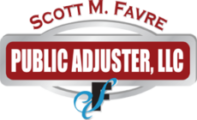
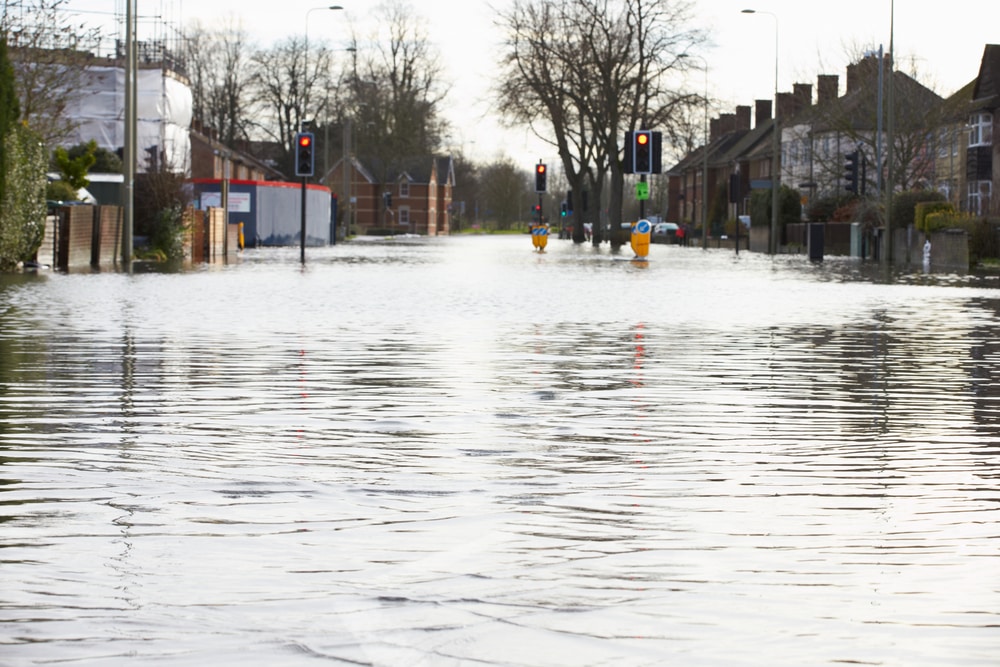
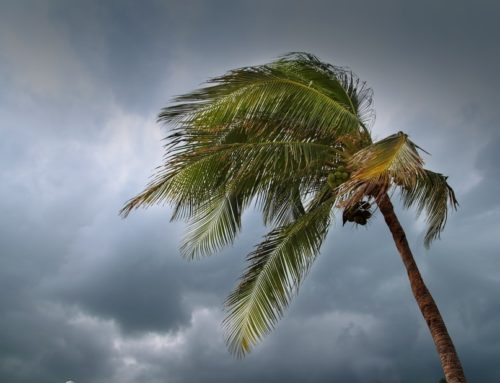
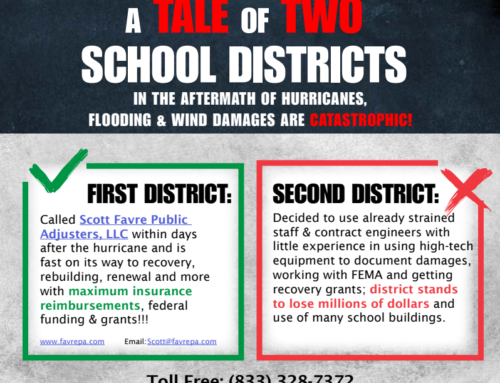
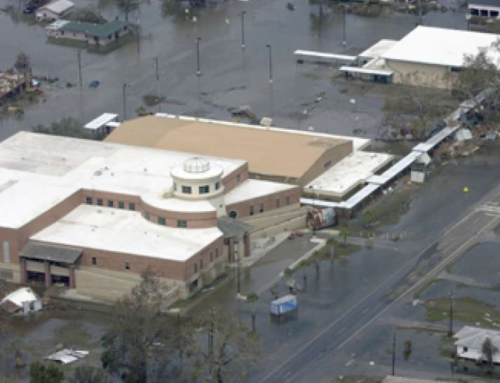
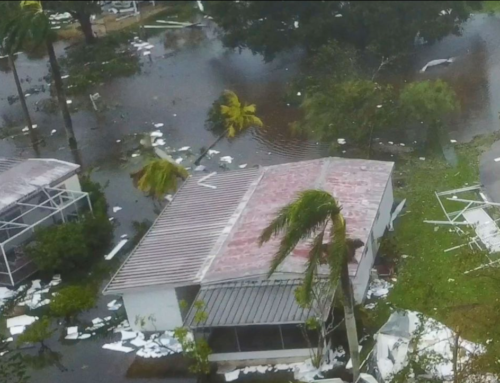
Leave A Comment